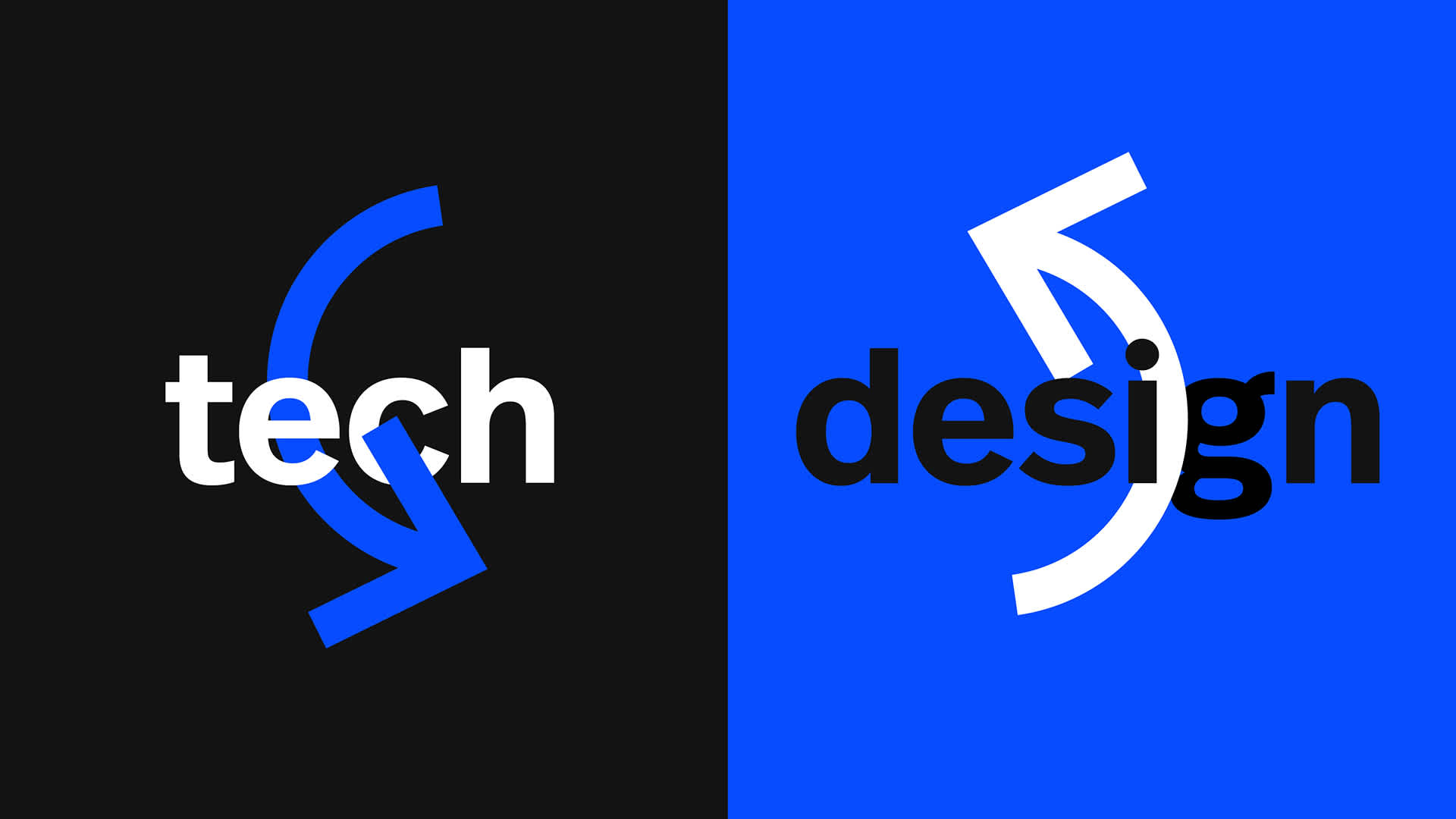Article
Towards a Customer-Centric and Future-Proof Business with Tech and Design Thinking

Whether you’re in finance, automotive, retail, e-commerce, or in the mobility industry, putting new or advanced tech into action can be daunting. Especially when it may all sound like techno-babble and buzzword bingo to you. To actually help you see the potential of the advanced technologies for both your business and your users, we discuss in short about the different technologies you can consider to help your business not only be more customer-friendly, but also future-proof.
Forming the foundation with cloud based infrastructure
A business is no longer defined by their products and services. To succeed in today’s world, businesses need to start thinking of themselves as platforms. And as we know from experience, this change in mindset is an important step towards making your business future proof. Therefore, guiding businesses in today’s world means guiding them through a process of thinking in cloud based infrastructure that set a foundation that not only allow businesses to easily adapt to any change but also to be able to deliver a high level of customer experience.
A cloud based infrastructure refers to an infrastructure usually existing of computing, networking and storage which can be accessed remotely. This kind of setup forms the foundation for microservices and is perfect for businesses looking for a high level of scalability and sustainability.
As the ecosystem is cloud based, the chance of the whole network being disrupted is very low, and in the rare case one of the servers is down, the data will travel from a different server, choosing the shortest route. Therefore, the infrastructure design is more flexible unlike the case with a physical infrastructure. It’s the suppliers who take care of the underlying technology, allowing your team to work more efficiently and shift the focus from maintaining the services to the innovation side of your business. An example of this is Netflix, currently one of the most innovative companies in the world. By using a cloud based infrastructure, Netflix doesn’t have to worry about maintaining the services and its teams can work in an agile manner, with their main focus being innovation.
Furthermore, you need to have Application Programming Interfaces (APIs) in place as this is the glue between the microservices. This approach is called API-first development, where in this method the foundation consisting of APIs is built first and the product is developed on top. APIs being separated from the product layer erases the need to re-architect the whole system in order to implement changes, making the expansion of your ecosystem of services easier. Working with APIs allows parallel development by multiple teams and since they’re cloud based by default, they’re a vital element of a cloud based infrastructure.
After the API’s are in place, each team will then be responsible for a different microservice, as that allows them to be independent and allow them to adapt to consumer needs faster. Also, it allows them to easily implement any change that may arise in the near future which make them sustainable over a longer period of time.
Driving innovation with machine learning and AI
Once you’ve set the foundation for your business, it’s time to take a step further by using machine learning and AI technology to truly drive innovation, and strengthen the relationship between your brand and customers.
The science of teaching computers to discover patterns and relationships in data allows businesses to become innovative and find new ways to apply the information on to new services within different disciplines. Some examples you could think of are the personalization of content (e.g. Netflix or Spotify recommendations) or the natural language processing (e.g. Apple’s Siri). Although definitely not a one size fits all solution, machine learning has already found applications spanning across different domains. A means to learn about the likes and dislikes of your users and tailor your content to their preferences. Especially because sometimes making slight alterations, like changing the size of an image or font can make a big difference in driving conversion. The opportunities in this field continue to emerge, so if you’re looking for ways to strengthen the relationship between your brand and customers, machine learning can aid you in anticipating and fulfilling their needs.
Often used interchangeably, and although they work together, Artificial Intelligence and machine learning are two different things. So what’s the difference between them? An easy example is Google’s Quick, Draw! tool. Here, machine learning is the dataset, or specifically the collection of drawings made by users that enables training computers in recognizing patterns. And AI in this case, is the neural network that puts this collection of data to action and understands what every new doodle represents.
Once you’ve gathered enough data and set the first step with machine learning, the next thing to do is implement AI. Seen as key to innovation by many, AI has the potential to put your business at the forefront of the industry. It reduces the complexity of your data and clarifies what is going well and what requires improvement, without compromising on your users’ privacy. This enables you to make more informed business decisions and drive innovation. Some things that AI could help you with are customer service like chatbots, or the hiring process by automating the screening of applications. But we would encourage you to think beyond what already exists, as the possibilities of the relatively young technology are endless.
Hopefully this short overview shed some light on some new technologies you could apply in your business. And if you need any help with discovering the opportunities for your business and implementing them, we’re here to help!